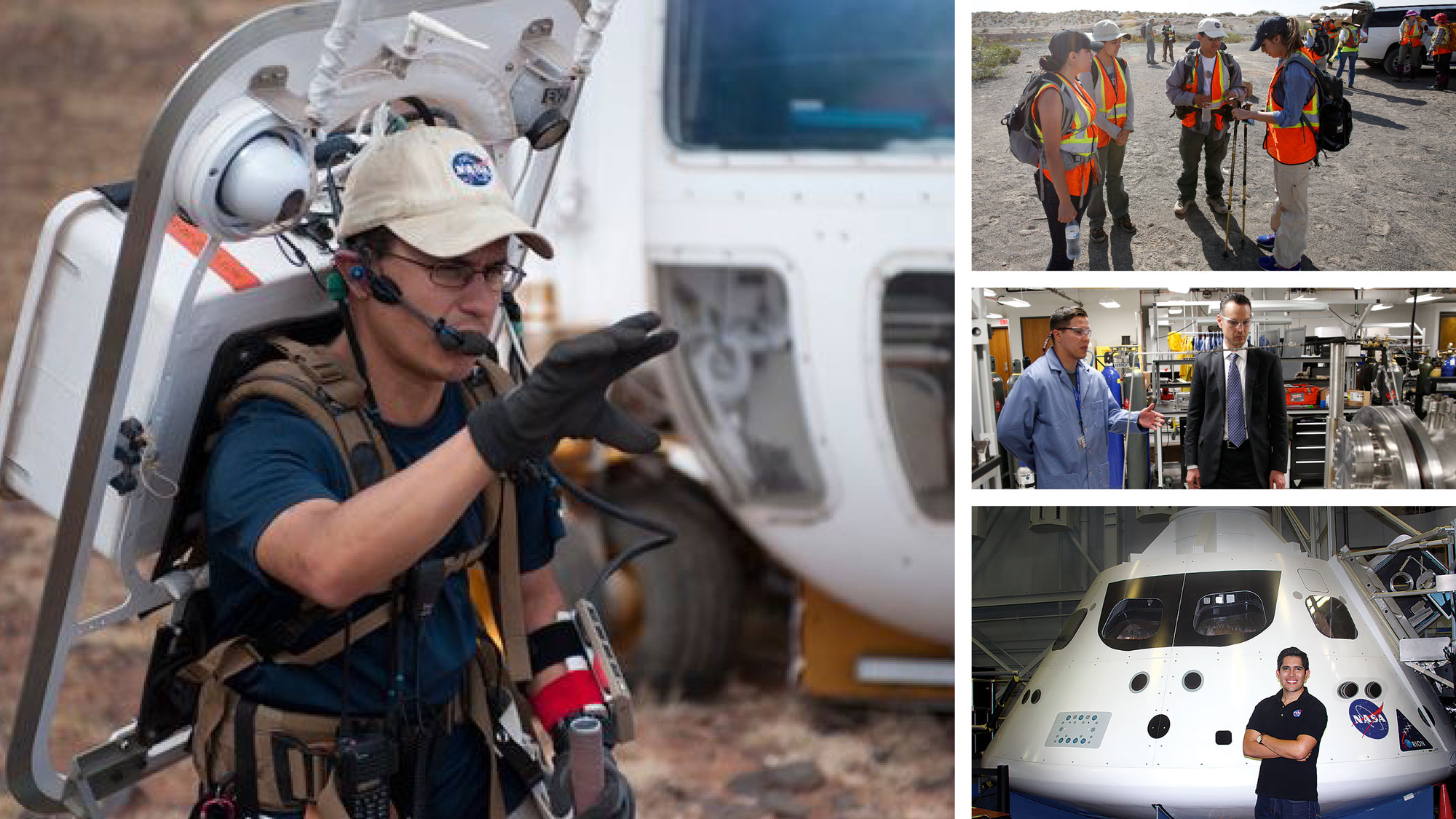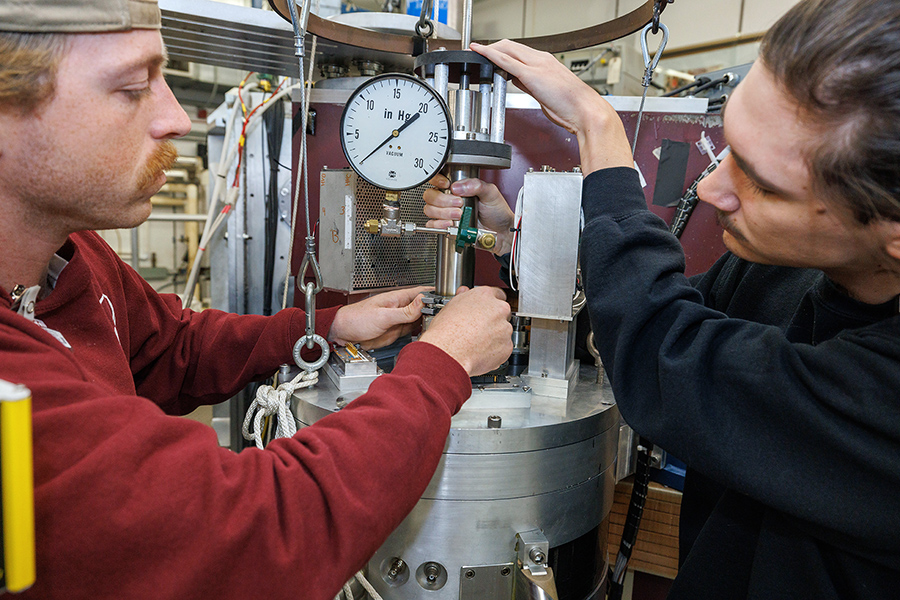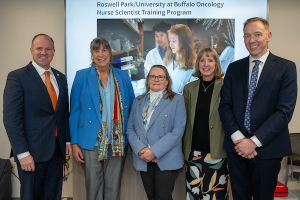The burst of grants awarded to faculty across various departments and colleges highlight UTEP’s strong partnership with NASA and the critical scientific and engineering contributions made by the University for space exploration.
“These joint initiatives between UTEP and NASA strengthen UTEP’s reputation as a premier research institution,” said Stephen Aley, Ph.D., associate vice president of research and special projects with the Office of Research and Sponsored Projects. “The work and research performed by our faculty will impact NASA’s future space exploration and beyond.”
The grants include:
Lunar Regolith Simulants Study
Professors Reza Ashtiani, Ph.D. and Darren Cone will perform research on the granular mechanics of lunar soils. Under this grant, UTEP will become the repository of lunar regolith simulants, materials developed in the lab to represent physical, chemical and mineralogical characteristics of planetary soils. The study aims to provide valuable insights into the complex challenges of constructing infrastructure on other planets.
Development of a Robotic System for In-Space Welding
Professors Angel Flores-Abad, Ph.D., Joel Quintana, Ph.D., and John Bird, Ph.D., will support the development of a digital and hardware robotic system for in-space welding by characterizing process motion and forces and generating real and synthetic performance data.
Artemis Lunar Operations Support
This grant will allow professor Jose Hurtado, Ph.D., to continue his long-time work of providing geology expertise to NASA, including mission simulations and intensive field training for NASA astronauts at locations on Earth that resemble the Moon.
Lunar Soil, Rock Simulant Analysis
Through this grant, UTEP professors Carlos Cabrera Martinez, Ph.D., and Cone, along with Alejandro Metta, Ph.D., manager of the X-Ray Core Facility within UTEP’s Department of Chemistry & Biochemistry, will study imitation planetary regolith, the layer of rock on top of bedrock. The research this team will conduct will help analyze important structures in imitation lunar dust, helping to identify lunar resources that could support future bases of people living on the Moon.
“It’s important to learn about what types of oxides, water and other types of resources may be available on the Moon,” said Carlos Cabrera Martinez, Ph.D., professor and chair of the department of Chemistry and Biochemistry at UTEP. “This can give you an idea of where you can get, for example, oxygen and other metals and water — and that’s important to know for people staying on the Moon for a long time.”
Cabrera is hopeful that all of these grants are paving the way for UTEP to continue providing expertise and assistance to NASA for lunar research and other expeditions.
About The University of Texas at El Paso
The University of Texas at El Paso is America’s leading Hispanic-serving university. Located at the westernmost tip of Texas, where three states and two countries converge along the Rio Grande, 84% of our 24,000 students are Hispanic, and half are the first in their families to go to college. UTEP offers 169 bachelor’s, master’s and doctoral degree programs at the only open-access, top-tier research university in America.




